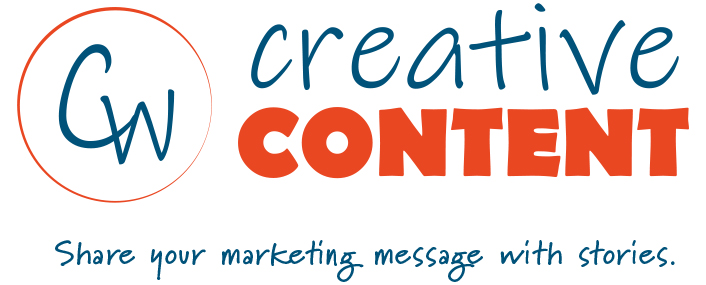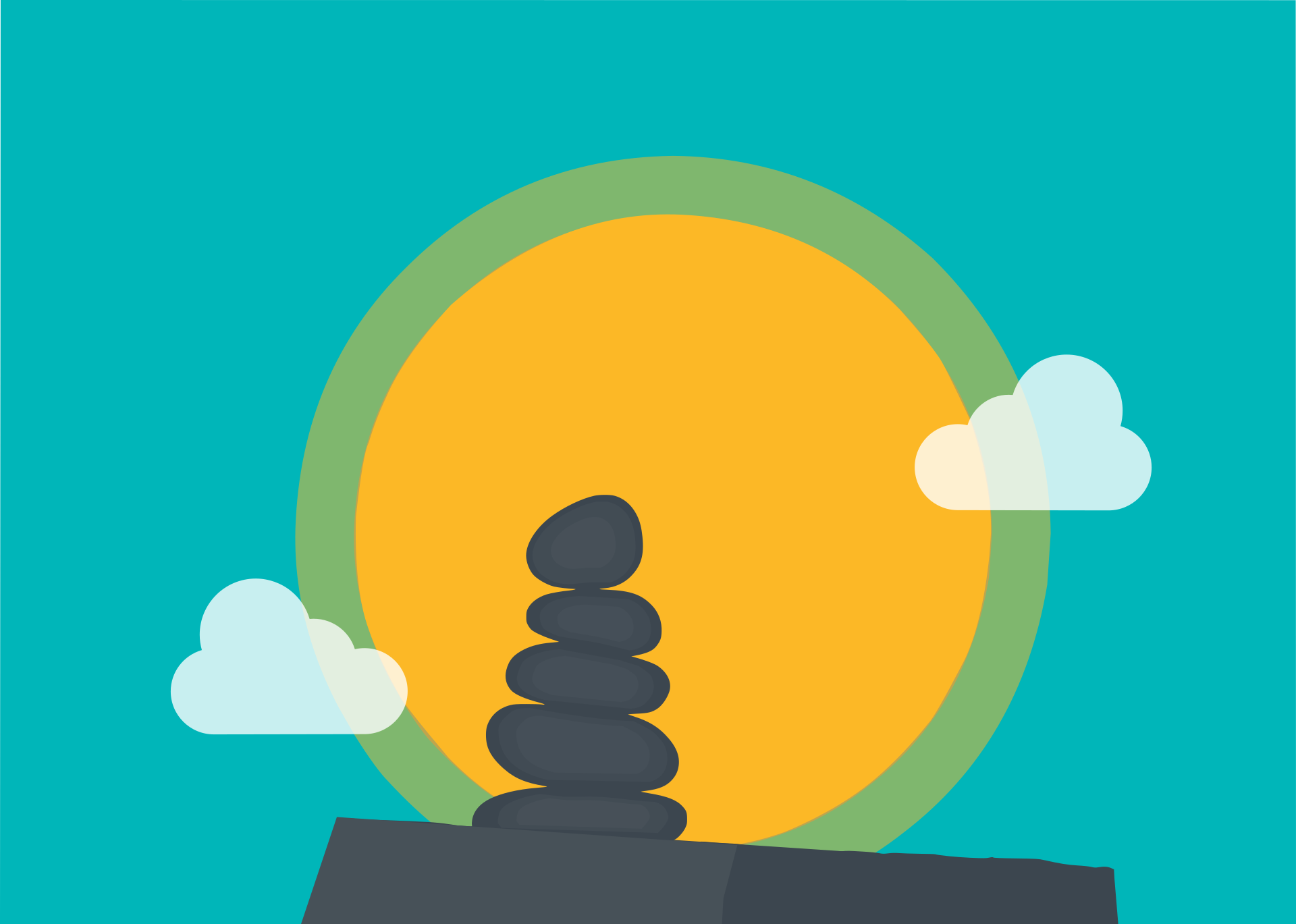If you’re like most people, the beginning of each year often stirs up hope that maybe this year will be better – different than past years, in a good way. Regardless of what your own dreams are, though, I think one important key is finding a way to BALANCE it all.
Balance is important – with your car’s tires, your checkbook, the layout of your living room furniture, and even your mental stability.
This post will point you toward several resources that can help you find balance in your life and business.
* * *
I’m one of those people who always seem to have a lot going on. Busy, busy, busy. Even my thoughts are busy, causing me to sometimes change thoughts in mid-sentence … much to my husband’s frustration!
Unfortunately, doing lots of things all the time can easily create an illusion that we’re actually accomplishing something. Does this ring a bell with any of you?
Well, I recently came across a book that a friend gave me in the early ‘90s, at a time when I was stressed out about some personal issues: One Minute for Myself. It’s only 109 pages long, but does a good job of boiling down the essence of “finding balance” in our lives, I think.
That “golden nugget” is this: “Before I Can Take Good Care of Anything or Anyone, I Must First Take Good Care of Myself.”
The author of the book, Spencer Johnson, M.D., was a pioneer in the field of medical communications back in the mid-’60s.
That’s when he created a series of books called Moments with Medicine, to help fellow doctors learn more quickly. In the mid- to late ’70s, he wrote a series of books called Value Tales to help children become healthier adults by developing a better self-image earlier in life.
In 1998, Dr. Johnson published a book called Who Moved My Cheese? An Amazing Way to Deal with Change in Your Work and in Your Life – a parable about two mice and two miniature people that live in a maze and how they interact with their main source of sustenance: CHEESE.
(An online search revealed that Dr. Johnson continued making a difference in people’s lives right up until his death in 2017, at the age of 78.)
7 Tips for Finding Balance
There are probably a lot more than seven ways to balance your life, but I tried to narrow them down to the basics:
1. ADD MARGIN TO YOUR LIFE. According to Richard A. Swenson, M.D. (a physician whose specialty is cultural medicine), “Margin is the space that once existed between ourselves and our limits. It’s something held in reserve for contingencies or unanticipated situations.”
Another way to put it is this: “Overload is not having time to finish the book you’re reading on stress. Margin is having time to read it twice.”
For fun ideas on how to add margin to your life, check out my post titled Rejuvenate – Take a Day Off!
2. FIGURE OUT YOUR PRIORITIES. Years ago, I saw a great illustration of “urgent” vs. “important.” A woman poured several small pebbles into a large jar. Then she tried to fit several large rocks on top of the pebbles, but there were at least two or three left over. She emptied the jar and started over, inserting the big rocks first.
This time, ALL the stones – both pebbles and rocks – fit! The pebbles were able to slide in around the rocks, and the woman was even able to screw on the lid.
The big rocks are like the important things in our lives – which often get crowded out by daily “must do’s” and keep getting put off until some unknown time in the future when we finally “have some time.” When we do the important things FIRST, the daily things end up getting taken care of anyway … and we don’t feel so frustrated!
3. SAY “NO” MORE OFTEN. Saying “no” is much easier when you know what your priorities are. Knowing how to say “no” (whether gracefully or not) can help you get your life back and achieve your goals much quicker. I like this quote from Carl Sandburg: “Time is the only coin you have in life … and only you can determine how it will be spent. Be careful lest you let other people spend it for you.”
4. GET RID OF CLUTTER. For many of us, paper clutter seems to be the most difficult type of mess to deal with. Maybe it’s because those little pieces of paper don’t take up much room at first, and after all, magazines and newsletters are so easy to stack. But eventually, a little clutter leads to a lot of clutter and can easily overwhelm us.
Whether you’re just looking for ways to improve your current system or struggling to figure out where to even start, Julie Morgenstern‘s book, Organizing from the Inside Out, is an excellent resource!
5. SET GOALS. Walk into any bookstore, and you’ll see dozens (if not hundreds) of books dealing with this topic. One book that does a great job with the subject is Time Management for the Creative Person. (See more details under Resources.)
In the last chapter of the book (the epilogue), author Lee Silber focuses on a wide range of goals, broken down into small, easy-to-scan “bite-size” sections.
6. EAT AND SLEEP WELL. You already know this, but it’s important so I’m including it anyway. Going through life sleep-deprived and malnourished is something a lot of busy people do without realizing it. Lee Silber (the author I mentioned above) talks a little about his own experience with getting healthier at his website.
BOTTOM LINE: Eat lots of fresh veggies, fruit, whole grains, free-range chickens (and eggs) – basically, any food that’s not processed. Cut WAY back on sugar. And aim for at least 7-8 hours of sleep a night.
7. MOVE DAILY. As we age, says Dr. Swenson in his book Margin, exercising for flexibility is the least demanding on our bodies, but yields great results. He lists 28 additional “prescriptions” for restoring margin in physical energy in the book.
Jackie Kuta, University of Wisconsin exercise physiologist, says the most important thing about exercise is that it allows you to focus on something besides whatever is causing you stress.
RESOURCES
Who Moved My Cheese? (by Spencer Johnson, M.D.) Dealing with change is inevitable in each of our lives, but it doesn’t have to be difficult. This book helps people see that whatever the “cheese” happens to be in their own lives, they don’t need to be afraid of changes to it. The author’s advice: “Anticipate change, let go of the old, and do what you would do if you were not afraid.”
Margin: Restoring Emotional, Physical, Financial, and Time Reserves to Overloaded Lives (by Richard A. Swenson, M.D.) After giving the reader a picture of what “marginless living” looks like, Dr. Swenson explains in-depth what different types of pain (the PROBLEM) look like in our lives. Then he explains what margin (the PRESCRIPTION) looks like in our emotional and physical energy, our time, and our finances. He wraps it up by revealing the likely outcome of applying margin to our pain. His PROGNOSIS: health.
Eight pages of graphics make it easy to see how much our world today has changed from what it was a century ago.
Time Management for the Creative Person (by Lee Silber) This is a fun book to read, even if you don’t consider yourself to be creative. (By the way, if you’re a business owner, you’re creative.) Silber designed the book as “a grab bag of user-friendly tips” to help you manage your time more effectively, no matter how chaotic your life is now.
The Wheel of Life: Finding Balance in Your Life(MindTools.com) This tool is often used by life coaches to help clients get quick “snapshots” of their lives. The site allows you to create a wheel of your own, too.


